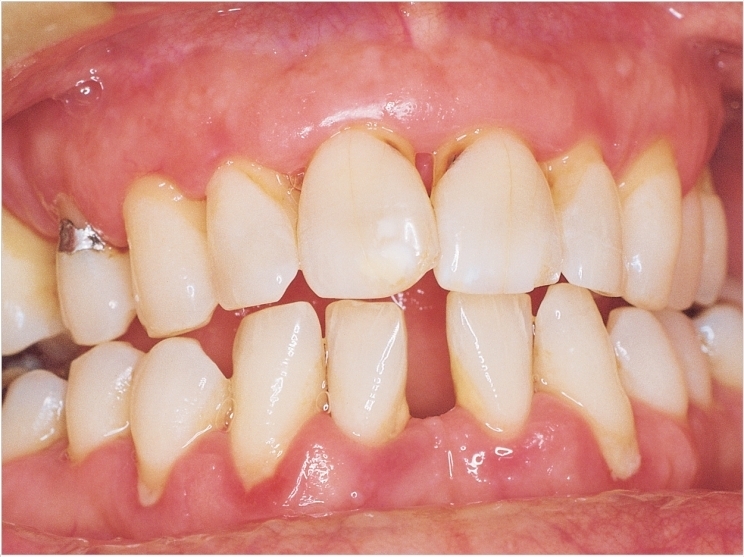
The Stony Brook University School of Dental Medicine (SDM) has received a two-year, $319,000 research grant from the National Institute of Dental & Craniofacial Research to develop a noninvasive method for detecting and monitoring periodontal disease and dental root resorption, which can lead to the loss of permanent teeth as root resorption dissolves the root structure and periodontal disease deteriorates the gums and bone support of the tooth.
SDM’s researchers will use oral fluids to identify biomarkers that may help in the detection of periodontal disease and dental resorption at the beginning of their progression. X-rays and images are now used to monitor these conditions, but by the time they are detected, it often is too late to prevent and reverse the damage. Also, images might not indicate if the destructive process is ongoing or historical.
“This grant deals with two dental diseases that could cause serious consequences if left undiagnosed,” said Wellington J. Rody, DDS, MS, associate professor and chair of the Department of Orthodontics & Pediatric Dentistry and leader of the project. He joined SDM this year from the University of Florida, Gainesville.
“Severe tooth resorption is a major complication of orthodontic treatment and has puzzled clinicians and scientists for years. On the other hand, the high prevalence of periodontal disease is a public health concern. It is a great honor to receive this award, as it will drive the development of targeted diagnostic approaches to improve outcomes for our patients,” Rody said.
The risks associated with radiation have caused many dentists to curtail the use of x-rays and CT scans on a routine basis. But when clinicians avoid these methods, the researchers report, they lose a crucial diagnostic tool due to the frequently asymptomatic nature of both root resorption and periodontal disease.
Evidence suggests that the cells that destroy bone and teeth release small vesicles called exosomes into a fluid secreted by the gums, the researchers said. The grant will be used to study the composition of these small vesicles to find out if they can be used to diagnose and monitor bone or tooth destruction without the need for radiation.
“The School of Dental Medicine is committed to recruiting the next generation of talented researchers and academic leaders,” said Mary Truhlar, DDS, MS, dean of SDM. “With the recent addition of Dr. Rody, we are hopeful that chairside diagnostic tests for real-time detection of root resorption and periodontal disease will soon become a reality.”
Related Articles
Improved System Preserves and Transports Avulsed Teeth
Melancortin Agonism Tames Gum Disease and Saves Bone
Grant to Fund Study of Age-Related Bone Loss











